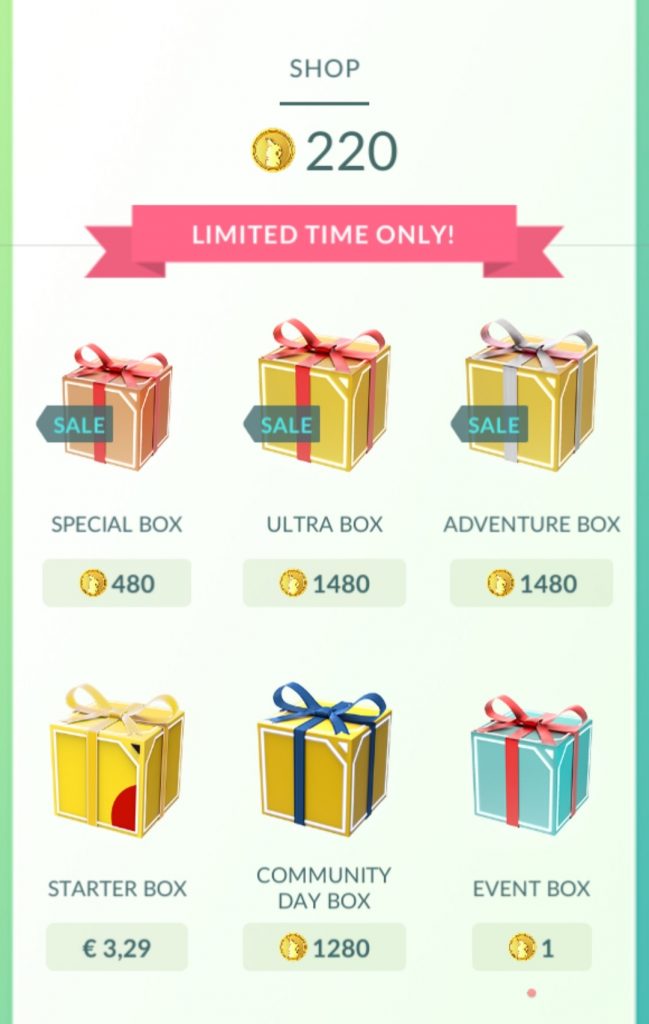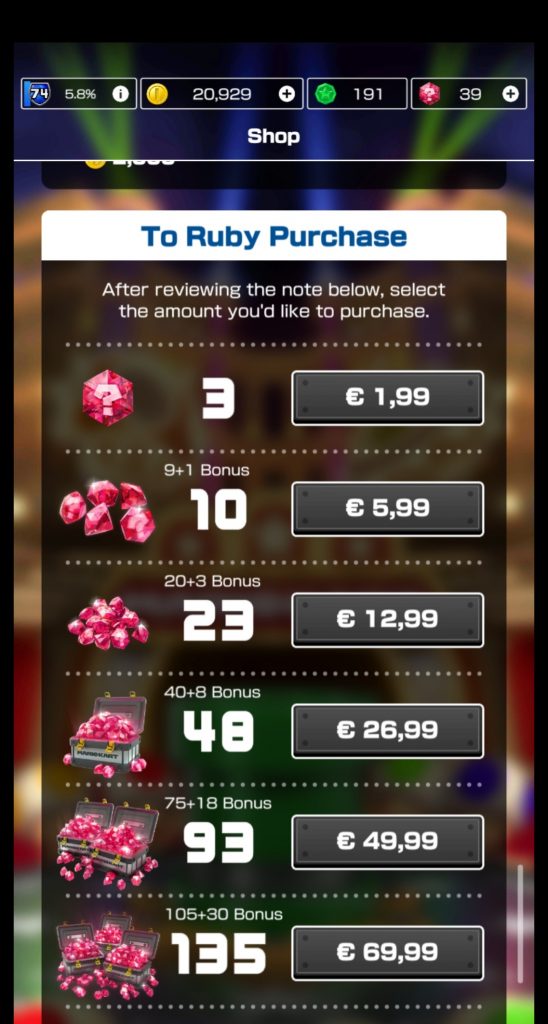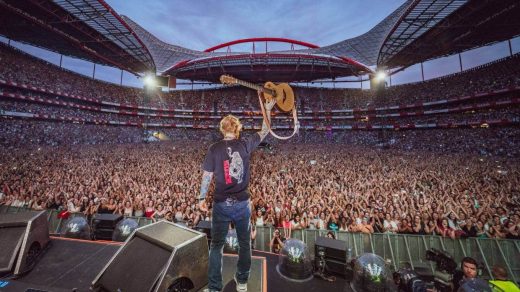I recently got a Fitbit smartwatch, and while that is also an interesting subject to discuss, I want to talk about the premium option that came with the Fitbit app. For just €8.99 per month, you could get extra features and more data and analytics about your health. The first six months were free, but you did have to choose a plan and give up your credit card information to get that. The Fitbit app is far from the only app that is ‘free’ to download, but has in-app payment or purchase options for a more complete experience.
Workings of in-app purchases
Buying extra services or content within apps, that are often advertised as ‘free to play’, are called in-app purchases. When a credit card is added to an account on Google Play or the app store, in-app purchases can easily get charged through those platforms. This is all very easy, as there’s often no need to enter credit card information again or enter a password.
There have been examples of children using their parent’s account and credit card to buy extra features for a game, like the six-year-old boy from Connecticut who spent over 16,000 dollars on rings in Sonic Forces. In-app purchases, or microtransactions, generate a great amount of profit for companies. 2020 was the most profitable year for Pokemon Go, with more than a billion dollars in revenue. Candy Crush generated almost 1.2 billion in 2020. This shows that these games are still popular years after their release and can generate a lot of money.

Temptations
Even though a lot of these games are free, there are limitations set that make it very tempting to spend money so that you can get better scores or proceed in the game. In Pokemon Go, you can spend money to get in game pokécoins, with which you can buy more items, more room to place pokemons or customizations for your character. In Candy Crush, you could get more moves or candies to replenish your health status. In games like Mario Kart Tour, you can buy rubies to buy more drivers or karts. Games also make you wait hours or a day before you can get new resources or access a new level, this happens in games like Harry Potter: Hogwarts Mystery and Mario Kart Tour.

Not only games have in-app purchases, apps centered around weight loss often have premium features as well. I have personal experience with MyFitnessPal, a free app that allows you to count calories and register exercise. I hadn’t bought that premium plan, but with my Fitbit app I am willing to give it a go. Although with gaming apps, I have an easier time resisting the urge to buy my progress. Especially when I have already played games on other devices, buying things in games like Animal Crossing Pocket Camp or Mario Kart Tour are less appealing.
Is it a given that mobile games are focused on making money through in-app purchases? I personally found it shocking how much money people spend on in-app purchases on a global scale. Is it made to easy to just click and buy, how much of a role does the addictive nature of these games play? Let me know what you think!
sources
https://www.realsimple.com/work-life/technology/shopping-gadgets/in-app-purchase
https://support.google.com/googleplay/answer/1061913?hl=nl
https://www.leanplum.com/blog/mobile-engagement-candy-crush
https://people.com/human-interest/connecticut-boy-spends-16k-moms-money-video-game-ipad/
https://www.cultofmac.com/675300/mario-kart-tour-is-a-massive-money-spinner-for-nintendo/
https://shockoe.com/ideas/app-microtransactions-good-bad-ugly/



Recent Comments